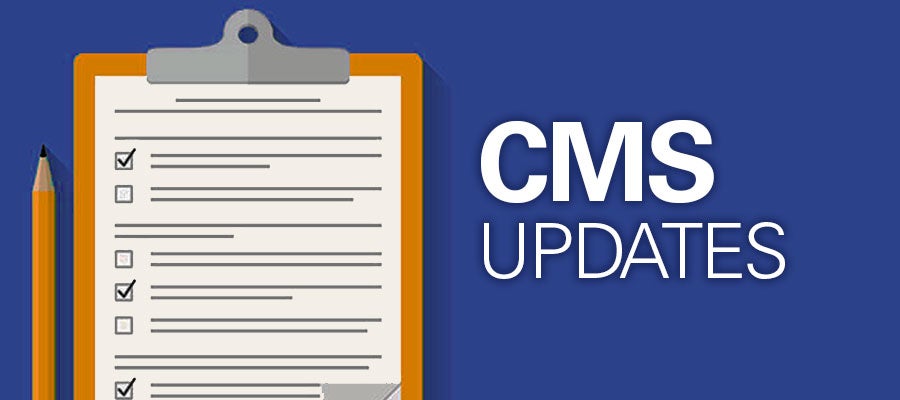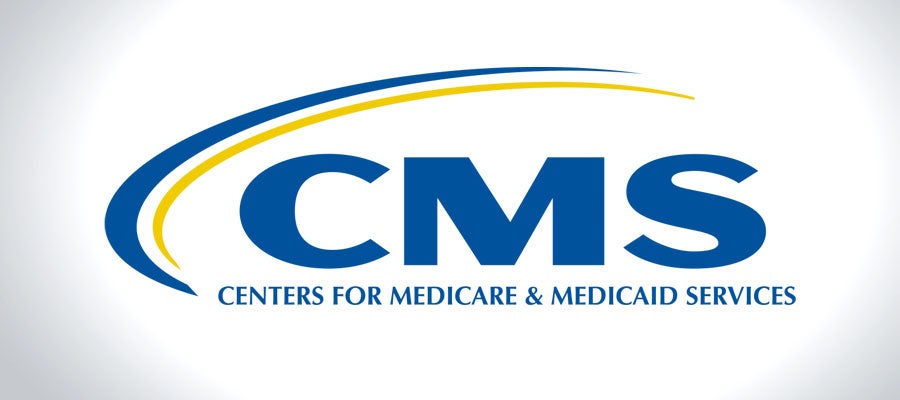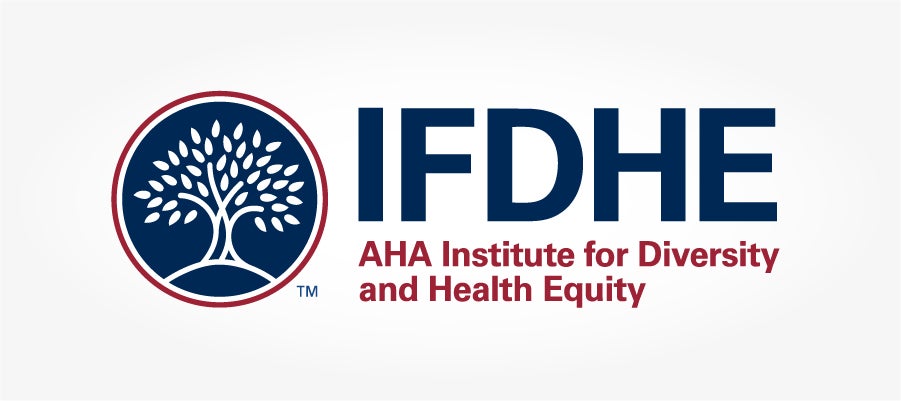
The Department of Health and Human Services should fully reinstate its June COVID-19 Provider Relief Fund reporting requirements, AHA said again in a letter to the agency. On Oct. 22, the department partially restored the requirements, but not the ability of hospitals to calculate lost revenue on a monthly basis or use a budgeted-to-actual comparison.






